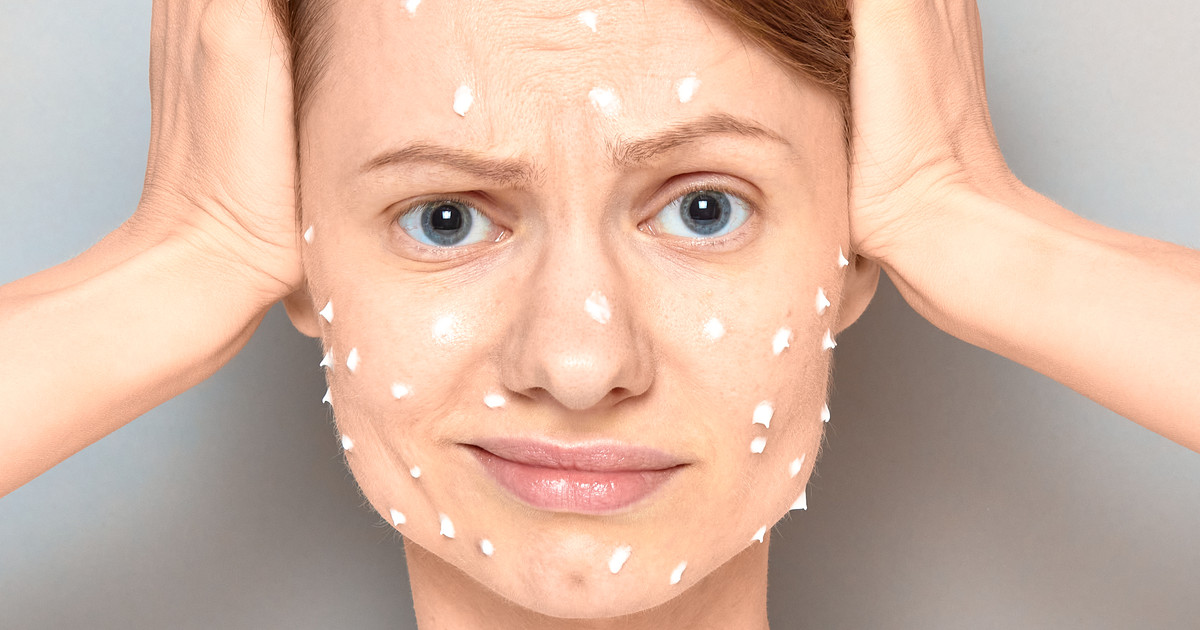Guide To Benzoyl Peroxide
Benzoyl peroxide is a topical medication. It is available at lower strengths in over-the-counter lotions and gels. Of course, higher strengths are available by prescription. Over-the-counter products contain up to ten percent benzoyl peroxide. Some over-the-counter treatments combine this medication with an antimicrobial agent called potassium hydroxyquinoline sulfate. Prescription products may combine it with clindamycin, erythromycin, or adapalene. The appropriate dose depends on the specific product that the patient is using. Thus, patients should read and follow the recommended instructions. They should contact a doctor if their symptoms persist or worsen after several weeks. Patients should speak with a doctor before using benzoyl peroxide if they are using any other medicines.
Patients may use a clindamycin and benzoyl peroxide topical gel as a treatment for acne. Of course, over-the-counter acne treatments with benzoyl peroxide are quite common. However, patients should review how this type of acne treatment works so that they can pick the best benzoyl peroxide product for their needs.
How It Works

This medication works by killing Cutibacterium acnes. This bacteria, one of the major causes of acne, is located on the skin. When benzoyl peroxide is applied, it is absorbed by the skin. This is where it converts into benzoic acid. The patient's body absorbs approximately five percent of the benzoic acid. The kidneys excrete this through urination. Cysteine, located in the skin, metabolizes the remaining ninety-five percent of benzoic acid. This causes bacteria proteins to oxidize. It reduces acne by lowering levels of free fatty acids, lipids, and P. acnes. Benzoyl peroxide treats cutaneous ulcers by stimulating both the growth of granulation tissue and the epithelium's ingrowth.
Reveal the uses and benefits of this ingredient now.
Uses And Benefits

Benzoyl peroxide is most commonly used to treat acne. It is found in many over-the-counter products intended for treating mild acne. Patients with severe acne may use prescription products that combine benzoyl peroxide with other medicines. Examples include retinoids and antibiotics. Benzoyl peroxide can help clear acne breakouts. It also helps reduce the frequency and number of acne breakouts. It may take up to ten weeks of consistent application to notice a significant improvement in the skin.
Benzoyl peroxide is used 'off-label' for conditions such as folliculitis, pitted keratolysis, decubitus ulcers, and certain forms of rosacea. Doctors may use it 'off-label' when treating progressive macular hypomelanosis or perforating diseases too. Patients should review the risks and benefits of benzoyl peroxide with their doctor. This is especially important for patients with underlying health conditions and those who use other medicines. When benzoyl peroxide is being considered for 'off-label' use, patients should ask their doctor about all of the possible treatments and why they are recommending this one.
Keep reading to learn about the potential side effects next.
